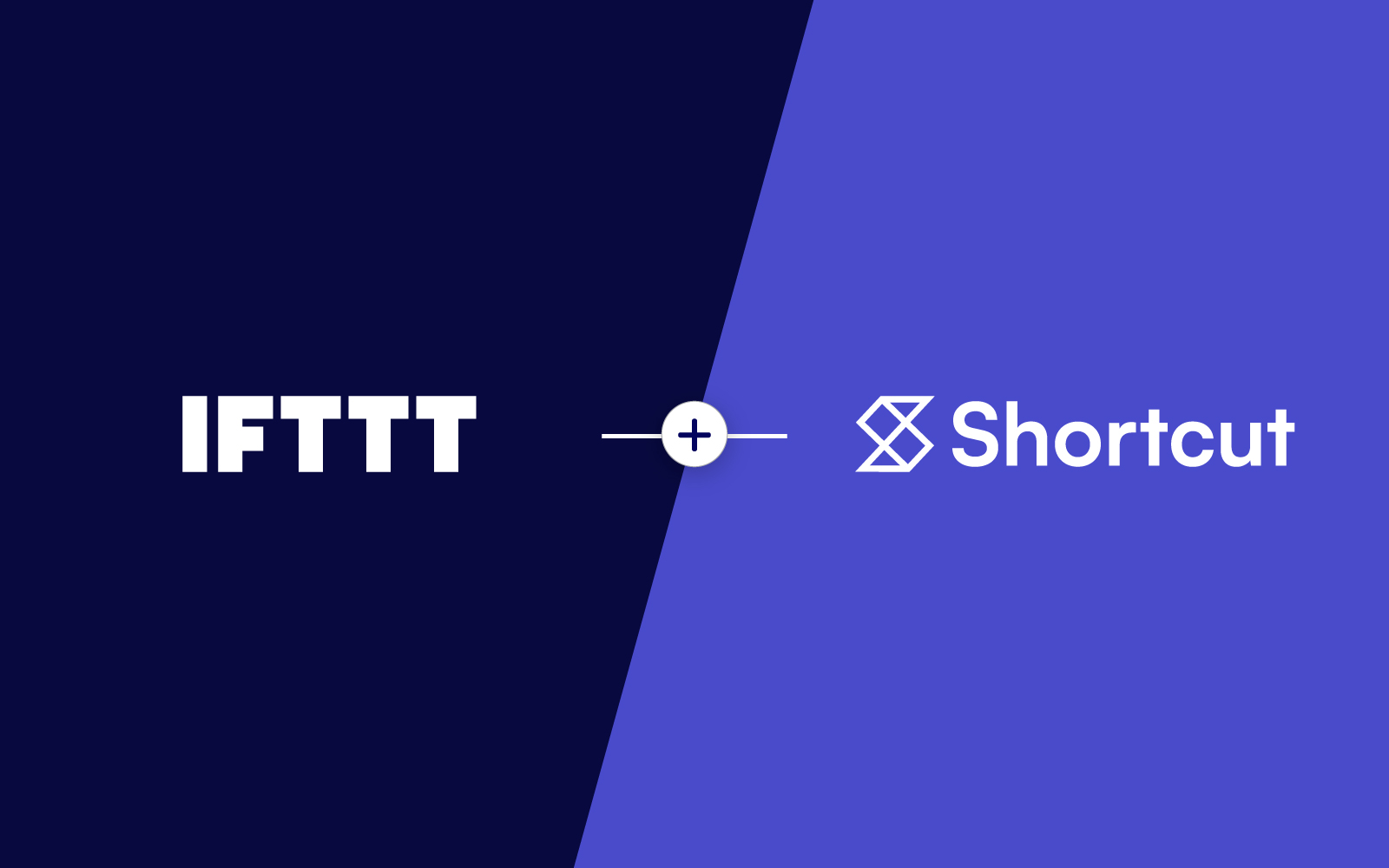Six months ago we switched our project management tool from Trello to Shortcut. As not many people have heard of Shortcut yet, we thought we’d share why we took the plunge and why we’d recommend it to other agile development teams looking for more structure in their working days.
When Trello arrived on the scene, it was a complete revelation. Its simple approach and snappy UI were a welcome contrast to Atlassian’s JIRA and Thoughtworks’ Mingle. For those of us with light enough processes to give up the big tools, it was a game changer.
We had a long honeymoon period and Trello remains a great product (we still use it in our other teams), but as the main tool for managing our development team’s workflow, it was beginning to drive us crazy.
Our process and how we used Trello
At Geckoboard, we’ve been following a Kanban process for the past couple of years, splitting work into chunks of work that take less than a day to complete. We have two development teams, usually working on different areas of the product. In Trello, each team had their own board with “Ready,” “Doing” and “Done” columns.
The team would update cards in these boards throughout the day. We had them up on TVs in the office and referred to them during our morning standups.
Our journey to a better tool
The problem with replacing Trello was that it had spoiled us. Once you’ve experienced how quick and easy it is to update cards, you can’t give that up. We signed up for a trial of every project management tool out there practically every month for years, but Pivotal Tracker and JIRA were the only serious contenders until we stumbled across Shortcut. We stumbled across Shortcut by chance when our QA Engineer was researching something else entirely. Intrigued, he signed up for a trial. Straight away we were impressed.
On the great Trello-to-JIRA spectrum, Shortcut sits close to Trello in terms of simplicity and ease of use. But unlike Trello, it’s designed specifically for agile development teams. That means it has the concept of Epics. Cards can be linked so you can flag a duplicate bug or a card that relates to, or blocks, another. Cards can be either a Feature, Bug or Chore. There are powerful labelling and filtering features.
You can also use story points if you’re into that kind of thing (we’re not!). Cards that hang around too long in the Doing column show their age. Cards can be bulk edited with ease. Tasks can be assigned to individuals. As a developer, it’s easy to see all the cards assigned to you in a single view.
The Objective feature is a handy additional way of organizing more complex projects that involve multiple Epics. Epics and Objectives have their own views which clearly show you how far you are through them — one of the key things we were missing in Trello. We also find these views very handy when planning as a team.
One thing that will seem unfamiliar to someone moving from Trello is that’s there’s only one ‘real’ board, which contains all the cards you’ve ever made. However, you can create and save filtered ‘views’ called Spaces. For instance, a ‘Standup board’ for each team or an overview of all the cards in a particular project. Once you’re used to it though, it makes perfect sense.
Another huge plus in Shortcut's favor is their pace of development. Objectives, Reporting and numerous other improvements have all launched in the past few months. Their support team is also excellent!
Six months in we’re really happy with our decision to move to Shortcut. No product will ever completely tame your backlog, but if it did then we product managers would be out of a job!















.png)
.png)



